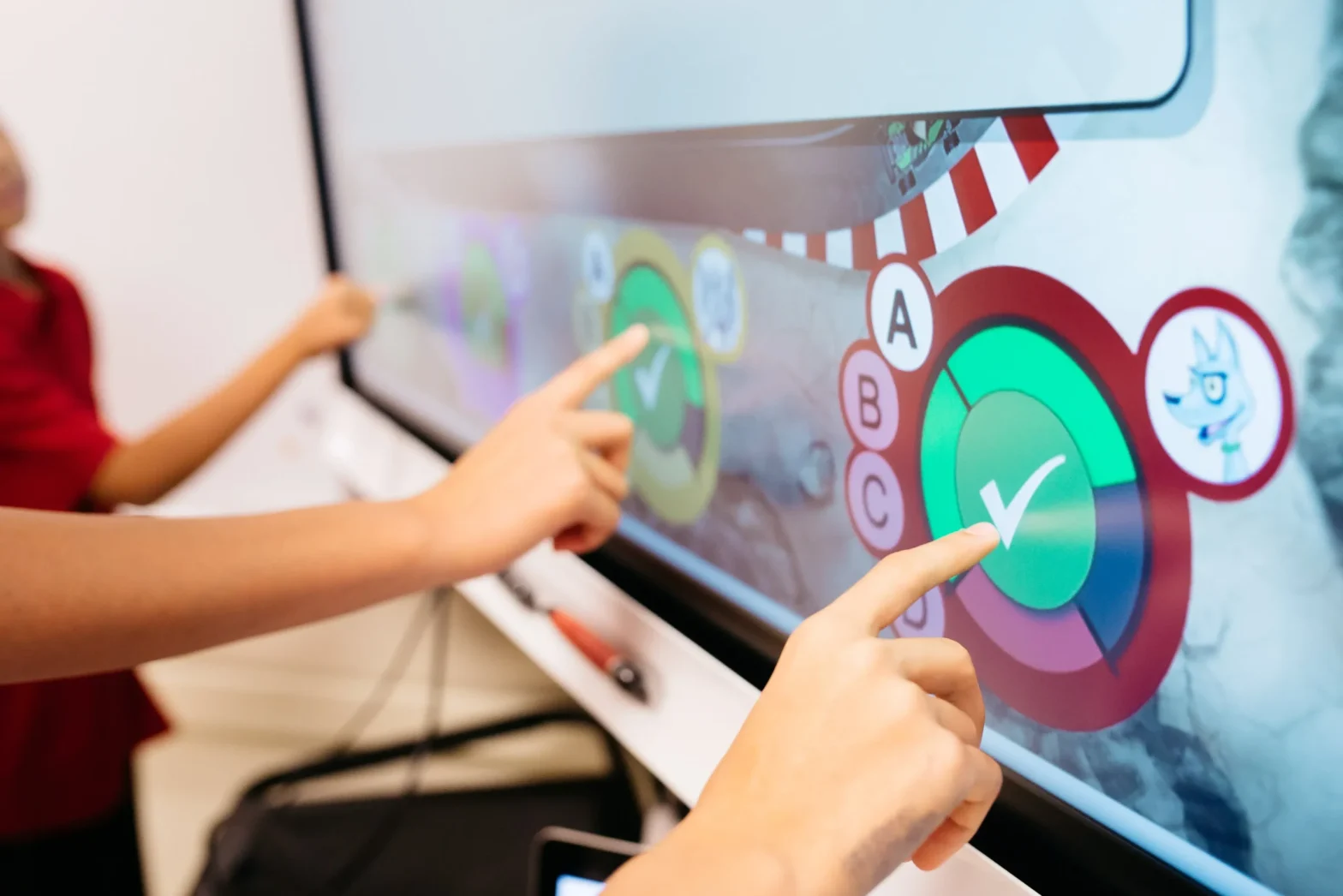In recent years, interactive screens have emerged as a powerful tool, revolutionizing both education and presentations in the workplace. These advanced displays combine the benefits of traditional screens with interactive capabilities, allowing for dynamic and engaging experiences. In this article, we will explore the effect of interactive screens on education and presentations, highlighting their impact on learning outcomes and professional communication.
Enhancing Education:
Interactive screens have significantly transformed the landscape of education, offering immersive learning experiences that engage students on a whole new level. By enabling direct interaction with digital content, these screens foster active participation, collaboration, and critical thinking. Here are some key benefits of interactive screens in education:
Increased Engagement:
Interactive screens captivate students’ attention by providing visually stimulating and interactive content. This active engagement enhances learning retention and promotes a deeper understanding of the subject matter.
Collaborative Learning:
Interactive screens encourage collaboration among students. Features like touchscreen capabilities, digital whiteboards, and interactive applications enable group activities, brainstorming sessions, and real-time collaboration, fostering teamwork and communication skills.
Personalized Learning:
Interactive screens allow educators to adapt teaching materials to individual student needs. With interactive software and applications, students can learn at their own pace, reinforcing personalized learning experiences and catering to diverse learning styles.
Multimedia Integration:
Interactive screens facilitate the integration of multimedia elements such as videos, images, and interactive simulations. This multi-sensory approach enriches the learning environment and makes complex concepts more accessible and engaging.
Transforming Presentations at Work:
Presenters to deliver visually captivating presentations. With the ability to display high-resolution images, videos, and interactive content, these screens make presentations more engaging and memorable.
Real-Time Collaboration:
Interactive screens facilitate real-time collaboration and interaction during presentations. Presenters can annotate, highlight, and make changes to content on the spot, encouraging audience participation and fostering active engagement.
Data Visualization:
Interactive screens allow for effective data visualization. Presenters can showcase complex data sets through interactive charts, graphs, and diagrams, making information more accessible and comprehensible to the audience.
Seamless Integration:
Interactive screens seamlessly integrate with other technology tools, such as video conferencing systems and document sharing platforms. This integration streamlines communication and collaboration, enabling remote participants to actively engage in the presentation.
Audience Interaction:
Interactive screens enable presenters to gather instant feedback, conduct polls, and facilitate Q&A sessions, fostering a two-way communication flow and enhancing audience participation.
Interactive screens have revolutionized education and presentations, transforming the way knowledge is shared and communicated. In education, these screens foster active learning, collaboration, and personalized instruction, empowering students and enhancing their learning outcomes. In the workplace, interactive screens facilitate dynamic and engaging presentations, improving communication, collaboration, and information retention. As interactive screen technology continues to evolve, we can expect further advancements that will shape the future of education and professional presentations, creating more interactive and immersive experiences for learners and audiences alike.
